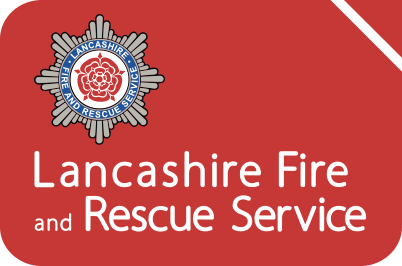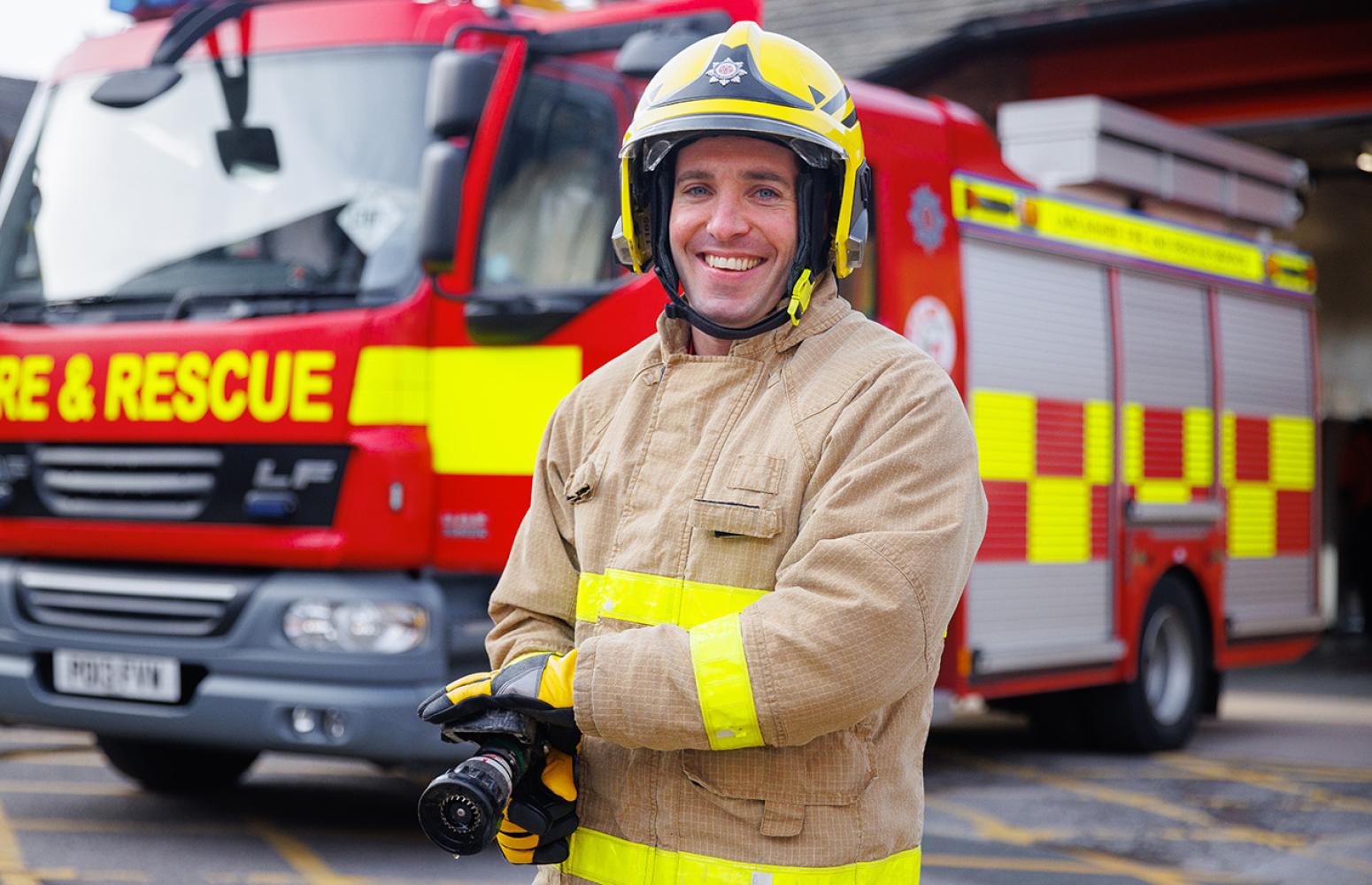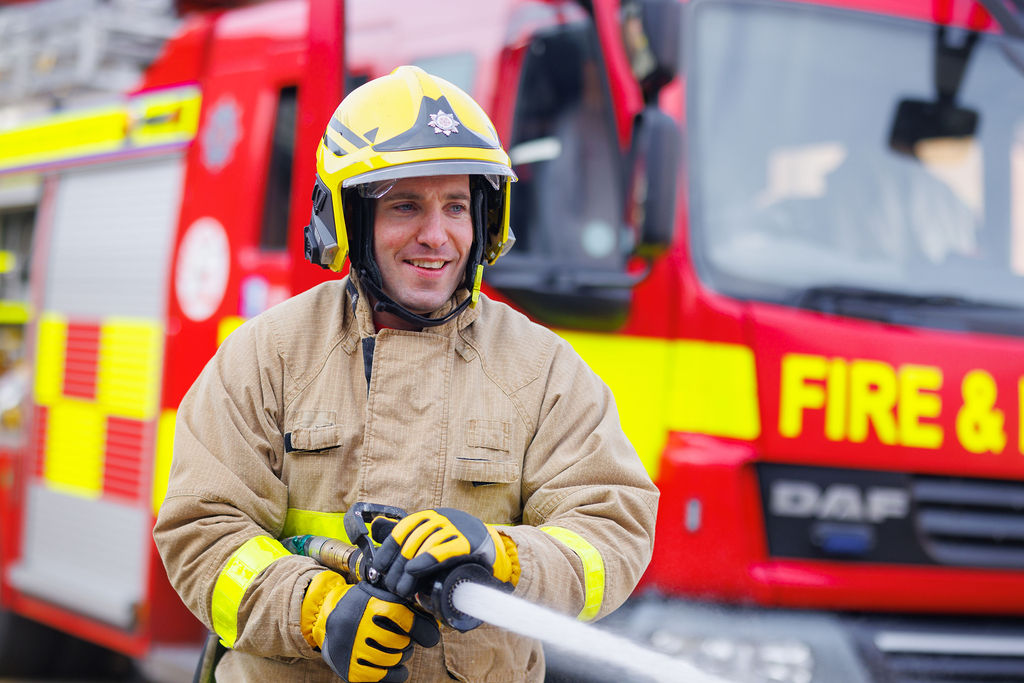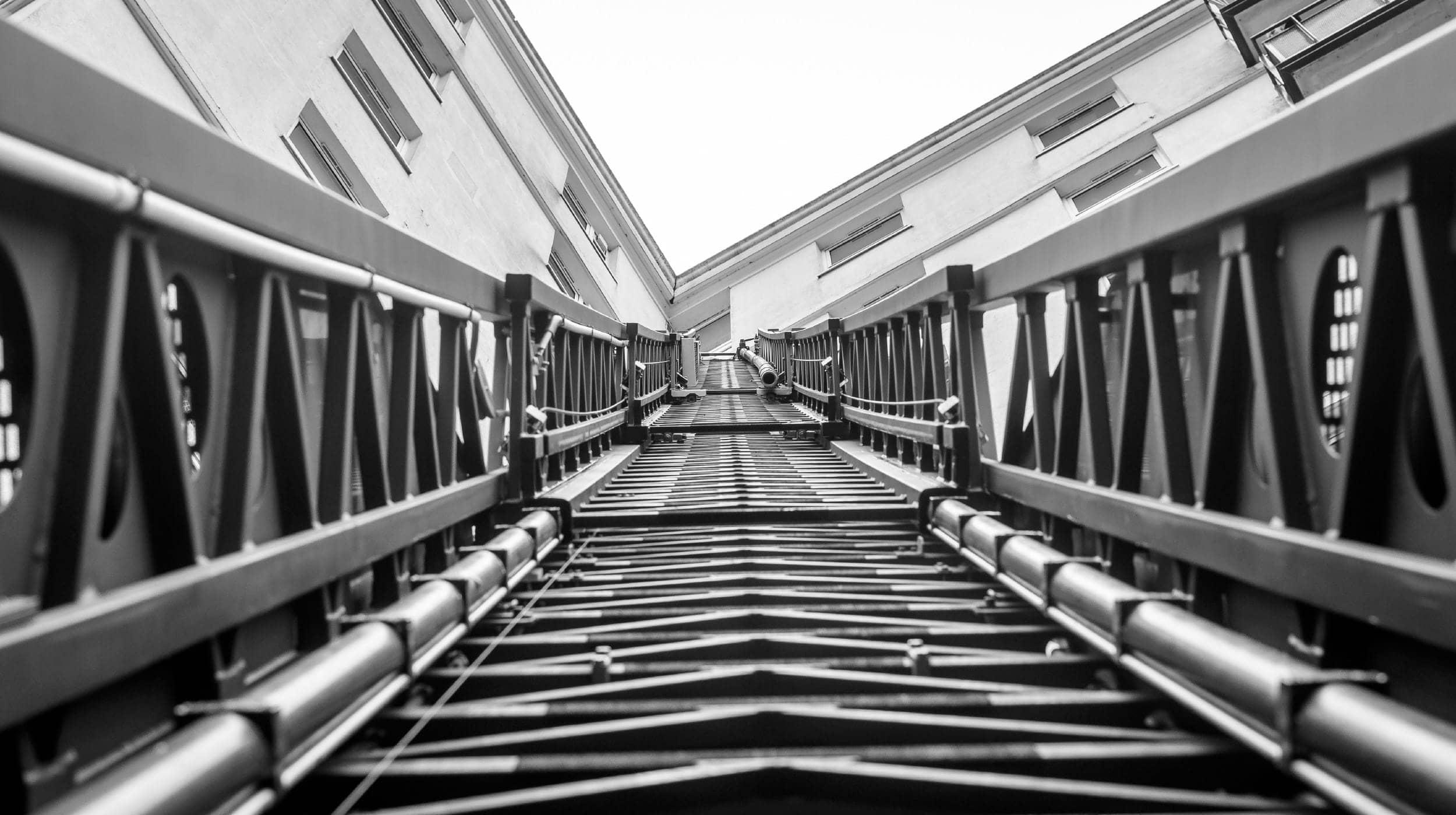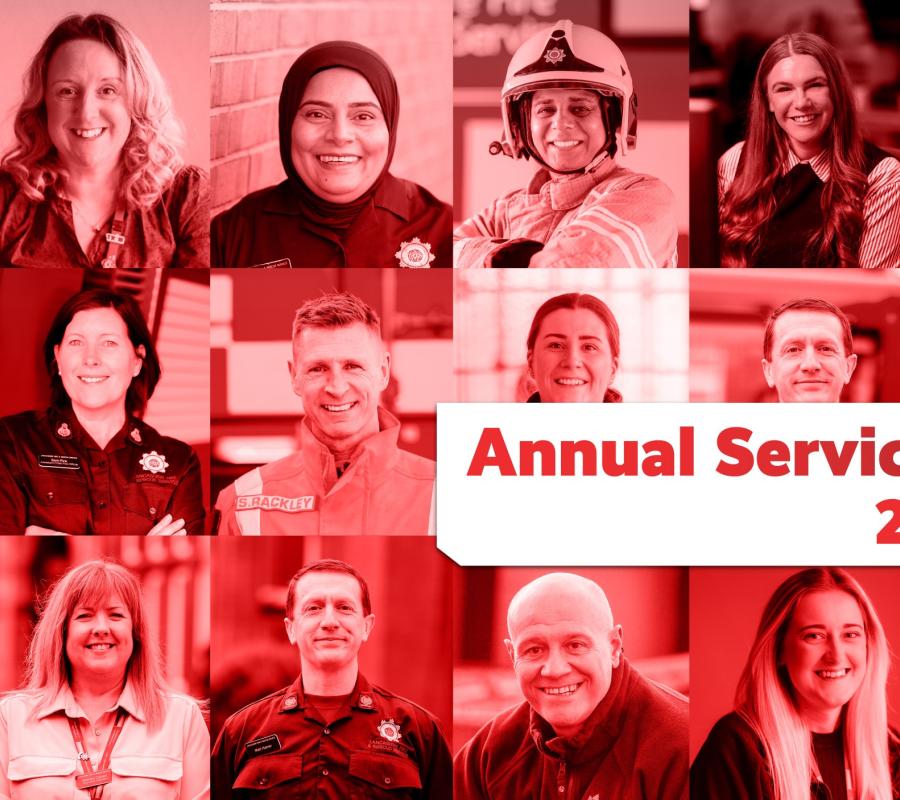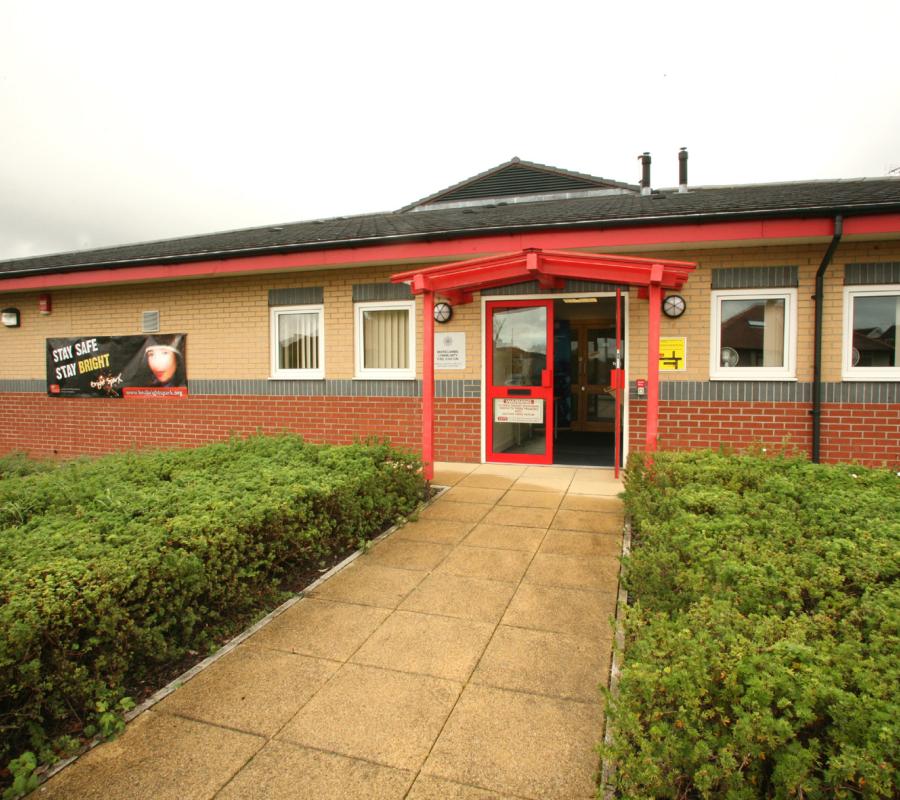As a timber merchant who owns a warehouse full of combustible materials, I understand the importance of getting to an incident as quickly as possible. We could all need this vital service at some point in our lives, so I am happy to give my time and leave my primary job to fulfil this role.
The impact on my business is minimal, as I only have to leave occasionally during working hours. My family understand my role as an on-call firefighter and support my requirement to be on-call when I am at home. My on-call cover and weekly training is managed to have minimal impact on my family life.
I would say to any potential new employer of an on-call firefighter, to think that in some way you could help save someone’s life is very satisfying.
It is of great importance for local employers to continue to support and encourage individuals who choose to become an on-call firefighter.
Stewart Healy, owner of Lytham Timber and on-call crew manager at Lytham
I would encourage businesses to support their local fire stations. Not only is this of great benefit to the local community but there are also many benefits for the employer themselves, including the positive public perception and enhanced staff retention.
The impact is not as great as you may first assume. Our local fire station receives on average three emergency calls per week.
Of course, there are occasions, once or twice a year, when a whole working day may be lost, but we can work around these instances thanks in no small part to the support of our non-firefighting staff members.
Paul Farman, sales negotiator at John Ardern Estate Agents and on-call firefighter at Lytham
In my dual role as a Lettings and Sales Administrator and an on-call firefighter, I bring an added layer of safety and preparedness to my employer, reassuring both colleagues and management.
Established procedures have been created to ensure smooth responsibility handling during call-outs.
My firefighting experience has honed skills like quick decision-making and effective communication under pressure, making me a dependable professional even during demanding moments in my administrative role.
Colleagues appreciate my commitment to community service and the practical skills gained as an on-call firefighter.
Employer flexibility in scheduling and task distribution aids in seamlessly managing work disruptions. With strong communication, adaptability, teamwork, and time management abilities, I contribute positively to both roles, driven by a dedication to excellence and community welfare.
Matthew Brewer, letting and sales administrator at Harris and Co Estate Agent and on-call firefighter at Fleetwood
Having two roles that I enjoy is fulfilling. I am really grateful that my employer has been supportive in my new career as an on-call firefighter.
I have always wanted to take challenges, and this helps me to feel part of the local community. This benefits myself, the service and community as I can ensure that the fire engine is available during key times of the day and night.
Since I have completed the training, I feel much more confident in helping during an emergency and my colleagues now recognise the skills that I can bring to the organisation.
I would encourage anyone who is interested in becoming an on-call firefighter to apply, I work with a great team and there are plenty of opportunities to develop.
Danuta Krejci, engineering support administrator at GVS Filter Technology UK and on-call firefighter at Morecambe
